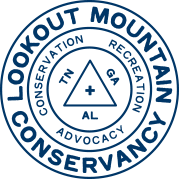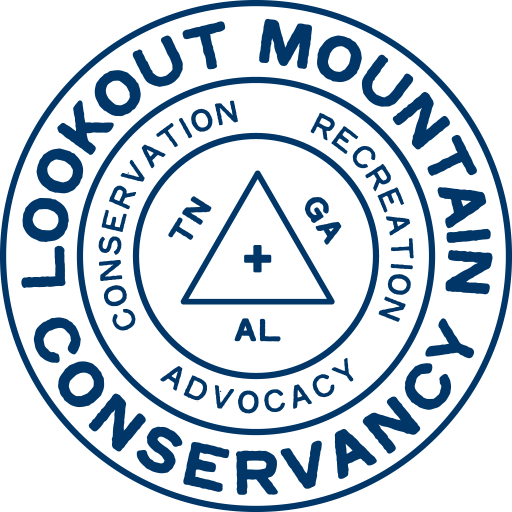Bouldering Glossary
Arête: A protruding rock feature that is formed by meeting of two plane. The opposite to a corner.
Bouldering Pad: A rectangular crash mat that consists of multiple layers of foam covered in a heavy-duty material. The pad is placed where the climber is expected to fall to cushion their landing.
Bulge: A rounded roof or overhang.
Climbing Shoes: Tight fitting, rubber covered shoes designed for rock climbing.
Crag: A generic term for climbing or bouldering area. May also refer specifically to an outcrop of rock.
Crimp: A small edge. Also, a powerful grip in which the second finger joint is bent sharply and the thumb presses onto the index.
Dyno: An all-out leap during which the whole body is airborne and has, very briefly no contact with the rock.
Edge: A flat horizontal hold.
Flake: A thin, partially detached, slice of rock.
Gaston: Gripping a vertical hold with the arm bent at the elbow and the hand, thumb down, pulling the hold away from the body.
Groove: A shallow corner.
Ground Up: Attempting and climbing a problem or route without inspecting it from rope and starting from the ground on each attempt.
Hand Jam: A jam in which an open hand is inserted into a crack and pressed against the sides with the knuckles against one side, fingertips and palm against the other.
Hueco: A large rounded pocket.
Jamming: Wedging a body part into a crack.
Jug: A large incut hold (AKA bucket).
Jump Start: Jumping from the ground to the starting holds of a problem (AKA French Start)
Mantel: A method of getting from hanging the lip of a boulder or ledge to standing on it (short for mantel-sheln. Also, a verb "mantel that ledge".
Palming: Pressing the palm of the hand onto a rock.
Pebbles: Tiny stones protruding from the surface of the rock, most common on gritstone.
Pinch: A hand hold that is squeezed between the fingers and thumb.
Pocket: A hole in the rock that can be used as a hand or foot hold.
Prow: A narrow overhanging arete.
Sidepull: A vertical hold that faces away from the body.
Sit Start: To start a problem from a sitting position.
Sloper: A rounded or sloping hand hold.
Smear: A sloping foot hold. Used as a verb it means to place a foot flat against the rock.
Spotting: Guiding a falling climber safely to the ground.
Top Out: The process of getting stood up on the top of a problem. Indoors you usually jump down from the finishing hold rather than top out.
Traverse: A problem that travels predominantly sideways.
Turning the Lip: The process of getting from hanging from the lip of a roof to standing on the lip.
Undercut: A downward facing hold (AKA undercling).
V Grade: An American System for grading problems, consisting of a number prefixed by the letter V, the higher the number the more difficult the problem.

